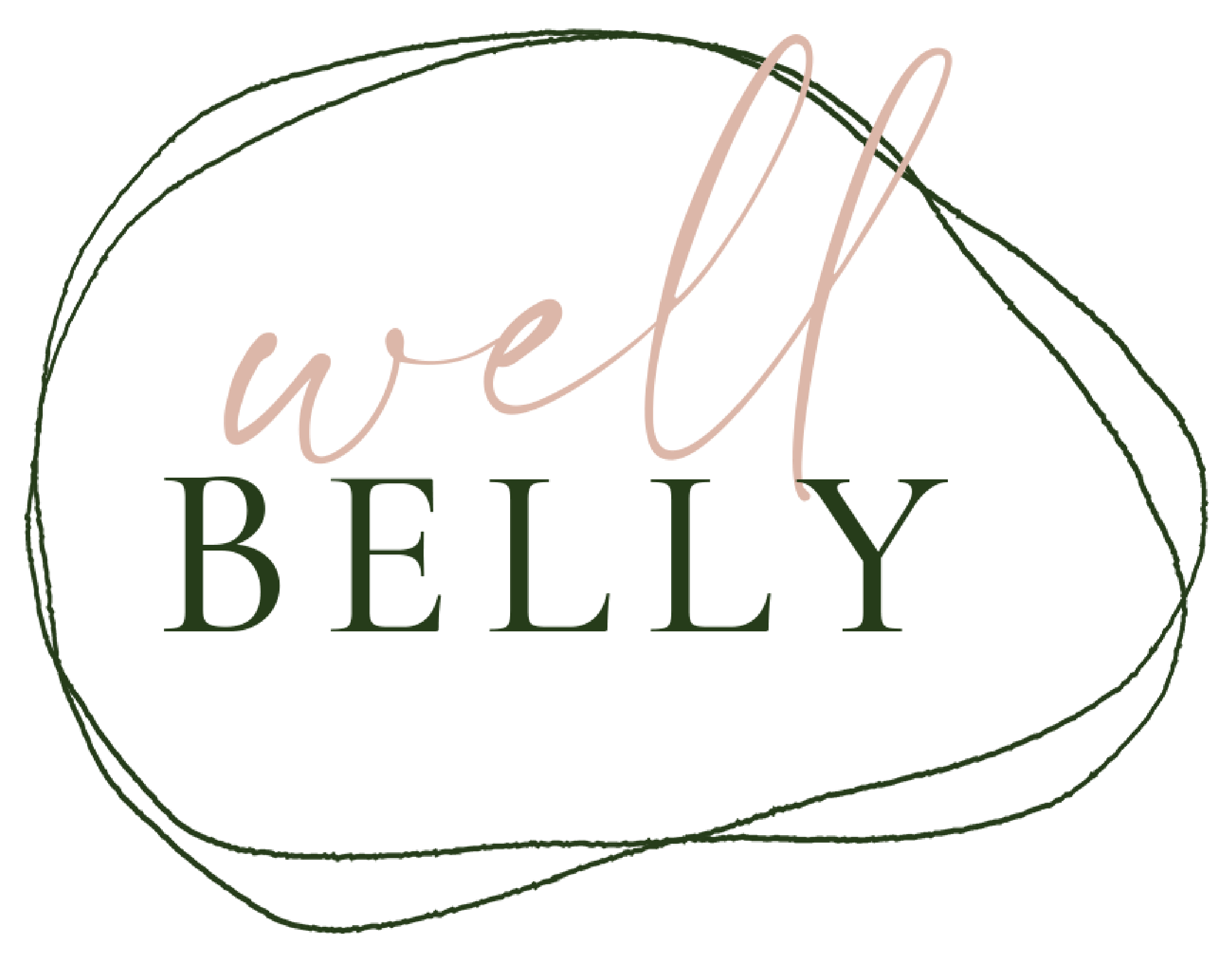The Role of Dairy in the GAPS Diet: The Lowdown on Dairy for Optimal Gut Health
One key aspect of the GAPS diet is the inclusion of dairy, but it’s inclusion can take people by surprise as often dairy can be considered to be inflammatory or detrimental to health. It's essential to clarify that not all dairy is equal in this context. While commercial dairy is often associated with inflammation, fermenting dairy products transforms them into functional foods packed with nutrients, lactic acid for gut repair, and beneficial bacteria for improved gut health. GAPS also emphasises the use of ghee and butter for cooking to support gut barrier health and provide important nutrients our bodies need.
Using Ghee and Butter in Cooking
Ghee and butter are dairy products that have been clarified, removing most of the milk solids and leaving behind pure butterfat. These dairy derivatives have a higher smoke point than regular butter, making them ideal for cooking at higher temperatures without the risk of burning and releasing harmful compounds. Ghee, in particular, is rich in fat-soluble vitamins like A, D, E, and K, which are crucial for various physiological functions.
Additionally, both ghee and butter are sources of conjugated linoleic acid (CLA), a type of fatty acid known for its anti-inflammatory properties. By using ghee and butter in the GAPS diet, individuals can harness these healthful fats to support gut healing and overall well-being.
The Transformative Power of Fermentation
Traditional, unfermented commercial dairy products are sometimes associated with inflammation due to their lactose and casein content. However, fermentation changes the game entirely. Fermented dairy products, such as yogurt, kefir, and certain cheeses, undergo a transformation that enhances their nutritional profile and gut-friendly properties.
Increased Nutrient Bioavailability: Fermentation breaks down lactose and casein, making nutrients more accessible and easier to digest. This is especially beneficial for individuals with lactose or casein sensitivities.
Lactic Acid for Gut Repair: During fermentation, beneficial bacteria convert lactose into lactic acid. Lactic acid helps create an acidic environment in the gut, which is essential for repairing the gut lining and promoting the growth of beneficial gut bacteria.
Beneficial Bacteria for Gut Health: Fermented dairy products are a rich source of probiotics – live beneficial bacteria that can colonize the gut and contribute to a diverse and balanced microbiome. A healthy gut microbiome is associated with improved digestion, strengthened immunity, and better mental health.
The fermentation process not only transforms dairy into a gut-friendly option but also enhances its nutritional value. Fermented dairy products are an excellent source of vitamins, minerals, protein, and healthy fats, providing a balanced array of nutrients to support overall health.
The GAPS diet incorporates dairy products like ghee, butter, and fermented dairy to promote gut health, repair the gut lining, and balance the gut microbiome. By including these dairy options mindfully, individuals can optimize their gut health, experience improved well-being, and take a step toward a more balanced and thriving life.
If you need guidance on including dairy in the GAPS diet, please book a time to speak to one of our practitioners.
For some fermented dairy recipes and inspo - click here for our 24 hour yoghurt recipe and here for our 24 hour sour cream recipe.
Yoghurt starters can be found here
Enjoy!

